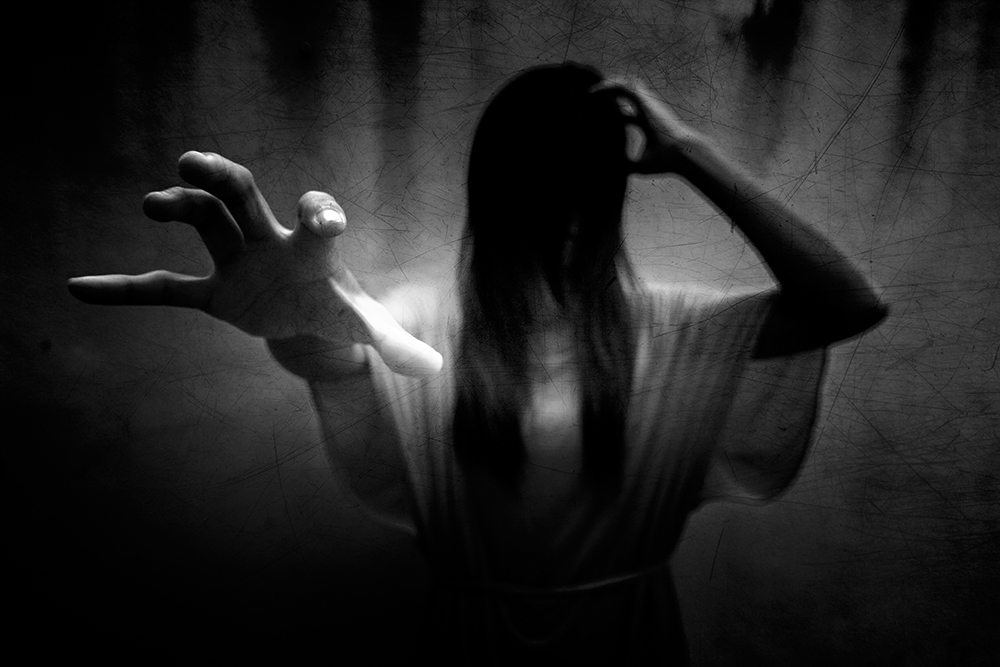Editor’s note: This story contains discussions of suicide and death, which may be sensitive for some readers.
Tis the season to be spooky. Halloween is just around the corner, which means our Flyer writers are busting out the Ouija boards and lighting the seance candles. Memphis is the home of blues and barbecue, but also the “boos,” with plenty of supernatural citizenry contributing to the city’s frightening side. Our writers risked life and limb to brave the paranormal horrors of Bluff City to bring our readers some of Memphis’ scariest legends.
Pink Lizzie & Clara
In February of 1971, 13-year-old Clara Robertson was practicing her piano lessons in one of the upper rooms in the Greek-revival school building of the Brinkley Female College. She was a bit shy, sometimes nervous, but intelligent. That day, as she lifted her gaze above the keys she played, an emaciated girl appeared before her. She wore a tattered strawberry-stained pink dress, rusty pink slippers, and mildewed stockings. She seemed to be covered in a layer of slimy mold, and Clara could see right through her.
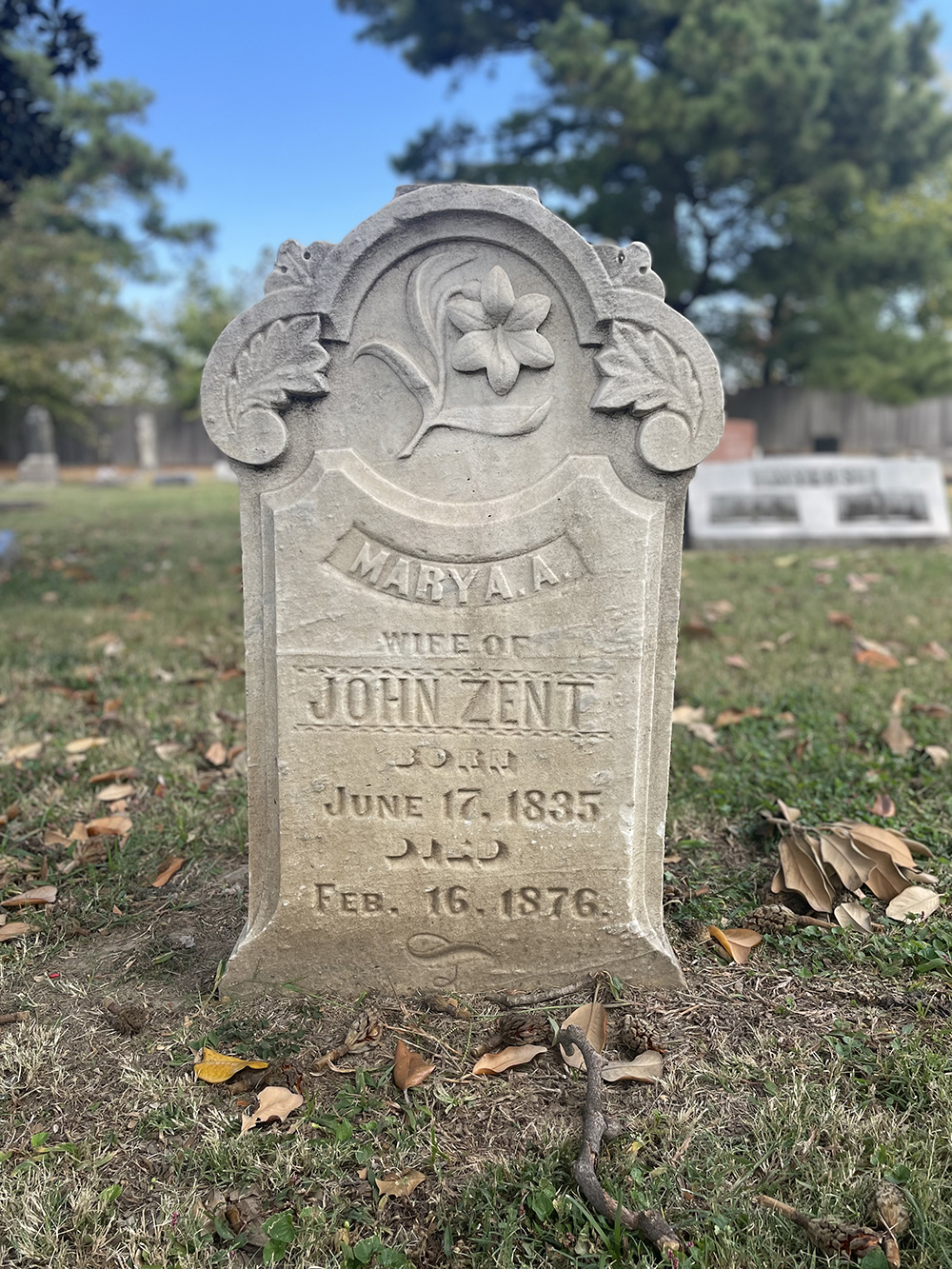
Immediately, Clara screamed and ran to her fellow classmates, only to be met with disbelief and teasing. Days later, when the transparent girl reappeared, dripping with water splashing at her feet, she did so in front of Clara and a few other students. Needless to say, they were terrified and ran away, but Clara stayed behind long enough for the apparition to reveal herself to be Lizzie Davie, the girl who used to live on the school property that once belonged to her family before the current owners had obtained it (supposedly) illegally. Lizzie told Clara of a jar, buried under a tree stump in the schoolyard, which held treasures like gold coins, jewelry, and, most importantly, the papers that would show all the wrongs committed against Lizzie’s family. Unless this jar was found, Lizzie promised she would “never do good to or for anyone.”
Soon, news of the specter (and the buried treasure) spread throughout Memphis and the country. Some thought the whole thing was a hoax; others dove into spiritualism, with mediums holding nightly seances around town, some of which Clara even attended to communicate with Lizzie. Bartenders began selling “ghost cocktails” (recipe unknown); stores closed early; parents withdrew their frightened daughters from the Brinkley Female College, which closed later that year due to the sensational story; men and women were afraid to go out alone at night.
Meanwhile, Clara’s father J.R. Robertson, a lawyer, hired men to start digging for that jar, which they soon found. Upon Lizzie’s instructions, the moldy jar could not be opened for 60 days after its discovery, so, until its opening, Robertson hid the jar, at least 12 inches tall and wide, in the safest place possible: the outhouse (seriously). He planned a public opening, with an admission fee of $1 — only that never happened. He was robbed at gunpoint by four men and forced to surrender the jar, which has since never been recovered.
After her encounters with Pink Lizzie, those close to Clara say she became a changed girl. She continued to practice spiritualism afterward, both privately and onstage, and she even allegedly received letters about her story with Pink Lizzie from President Grant and Queen Victoria. At 18, Clara married a much older widower, whose first wife’s ghost “would return at night and kick her out of bed.” She died of consumption at 25.
— Abigail Morici
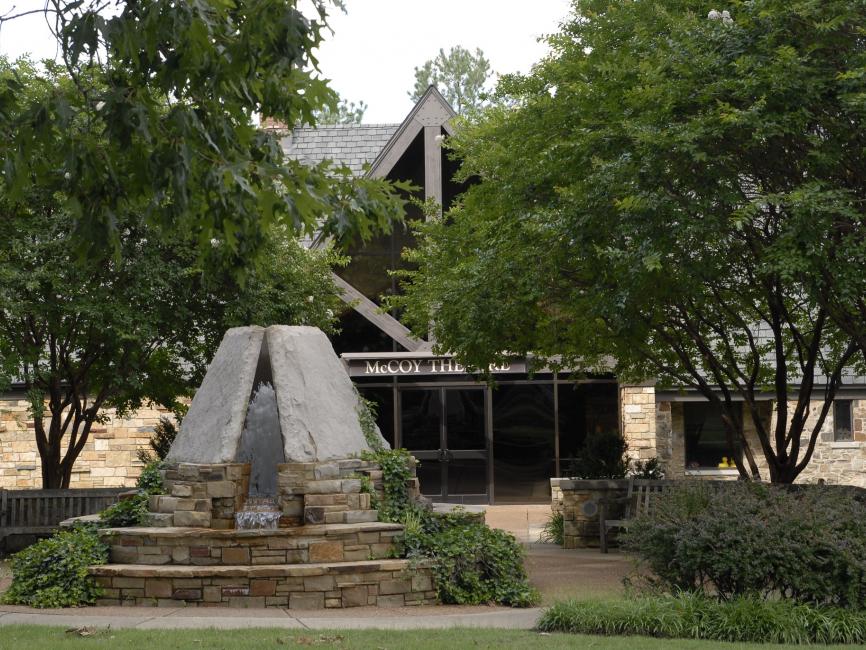
Of Gothic and Ghosts
There are plenty of ways for students to spend their time on campus at Rhodes College. Pursuing a fulfilling liberal arts degree, participating in collegiate athletics, rushing Greek life, or … ghost hunting? Campus lore contains a trove of diverse tales ranging from the comedic (escaped zoo monkeys running riot) to the macabre. But since we’re in spooky season, we’ll keep the focus on some of the college’s scarier legends.
For parents sending their kids off to university for the first time, perhaps the only thing more frightening than their child revealing they’re going to pursue a theater major might just be an actual ghost haunting the walls of Rhodes’ McCoy Theatre. Legend has it that back in the ’70s, undergraduate student “Annie” was so devastated that she wasn’t accepted into the Zeta Tau Alpha sorority, that she marched into the sorority house and hanged herself. Years later, after Zeta Tau Alpha disbanded and the structure was converted into the McCoy Theatre, tales grew of the spectral Annie, who in death haunted the halls of the building she was desperate to be a part of while alive. It became tradition for students to summon Annie to every performance, a seat set aside in the audience for her, lest her vengeful spirit break chairs or other props.
Was Annie real? Probably not. But with Rhodes having shuttered its theater degree in 2021, the specter should have plenty of companionship from the ghosts of theater majors past. Over on the other side of campus is a spectral tale that may be informed by a true tragic story. An actual student in the ’70s, William Thomas Bayley, sadly took his own life in his dorm room at Bellingrath Hall. That tale is perhaps the foundation for the legend of the Bellingrath Ghost, a haunting tale that reached my ears within just a couple of days of setting foot on campus at the start of my freshman year (which was all the way back in 2011, a truly scary thought).
Every year, students report signs of paranormal activity in Bellingrath Hall: spectral hazes showing up in photographs, ghostly moans echoing throughout the night, and all manner of strange noises and occurrences. According to a 2018 article by Rylan Lorance in the campus newspaper The Sou’wester, reports of the Bellingrath ghost and related phenomena trace back to the ’80s, including the Bellingrath fire of 1987. Fire aside (no proof it was the ghost), the campus ghosts seem to be harmless companions. And for aspiring ghost hunters, dig a little deeper on campus, and there may be even more ghosts and ghouls lurking among the Gothic walls. Still no sign of that B.S. in parapsychology, however.
— Samuel X. Cicci
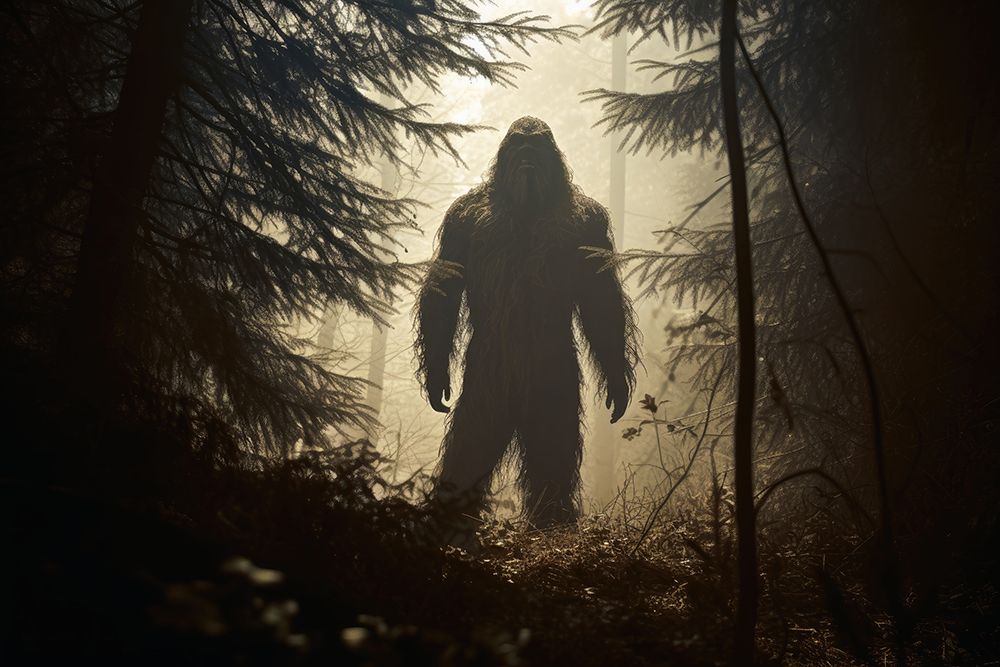
The Arkansas Wild Man
Nobody thinks Memphis is Bigfoot country. The last time anyone suspected a Bigfoot of anything around here, an investigation by wildlife officials only yielded a new Memphis cryptid, the once-famed Midtown Coyote.
Bigfoot sightings are more scarce in Memphis than those of alive-and-well Elvis Presley. There have been reports, though, and some of them are lame. One woman told the Gulf Coast Bigfoot Research Organization that in the 1980s she got cozy with a family of Bigfoots that lived in a nearby cave, noting they loved apples and “sweets.” C’mon.
Some are more credible, though. An eye witness told the Bigfoot Field Researchers Organization that in 1985 they and some friends were driving toward Shelby Forest one night when they saw “it” cross the road in front of their headlights.
“It was very big black and looked like it was covered with fur,” the eyewitness said. “It ran with a slight forward tilt and with very little arm bend.”
But dig around the pre-internet wayback machine and you’ll find that a “wild man” once roamed right across the river. It brought terror and, maybe (that’s a big maybe), secured Memphis a special spot in Bigfoot history.
Wild Man stories emerged around St. Francis, Greene, and Poinsett Counties in the 1830s. But a Baltimore Sun story in 1846 gave some details.
“His track measures 22 inches, his toes are as long as a common man’s fingers,” reads the story, “and in height and make, he is double the usual size.”
By 1851, The Patriot and State Gazette newspaper of New Hampshire said an expedition was forming to find this “wild man.” It said a posse led by well-respected men of the community reportedly left Memphis on horseback that year in what might have been the first organized Bigfoot hunt in American history. Didn’t see that coming, right?
The Arkansas Wild Man was “of gigantic size and covered with hair,” the story said, and it had been seen by hunters and farmers. Once the Wild Man had been seen chasing a herd of cattle, and it ran away from two men who saw it, leaping some 12 feet to 14 feet at a time.
Four years later, The Pittsfield Sun reported “a wild man, seven feet high, is stated to be roaming through the great Mississippi bottom in Arkansas. Numerous travelers and hunters have asserted that they have seen him, but none have been able to get near enough to give particulars concerning the strange being.” That same year, the Wisconsin Patriot said the Wild Man was seen breaking the ice of a frozen lake. He was “covered with hair of a brownish cast” and “well muscled.” Later, another group of hunters tracked the creature, lost it in the snow-covered Ouachita Mountains but not before the creature ripped one man from his saddle, scratched his eyeball nearly from its socket, and viciously bit parts of his shoulder away.
Is all of this true? Well, these stories were printed in newspapers. So, they must be true, right?
Real or not, add the Arkansas Wild Man stories to your campfire quiver and fuel Memphis nightmares in a whole new way.
— Toby Sells
Justine’s Haunted Wine Cellar
Janet Stuart Smith remembers the time she saw the ghost in the wine cellar at the legendary Justine’s restaurant.
It was back in the ’80s, says Smith, whose parents, the late Justine and Dayton Smith, owned the now-closed restaurant, which was housed in the circa 1860 Italianate house at 919 Coward Place.
“I had to go down to the wine cellar, which was not being used at the time, to reset the air conditioner,” Smith says. “It was creepy down there. But I thought someone was behind me. I thought it was one of the waiters trying to scare me. Kid me.”
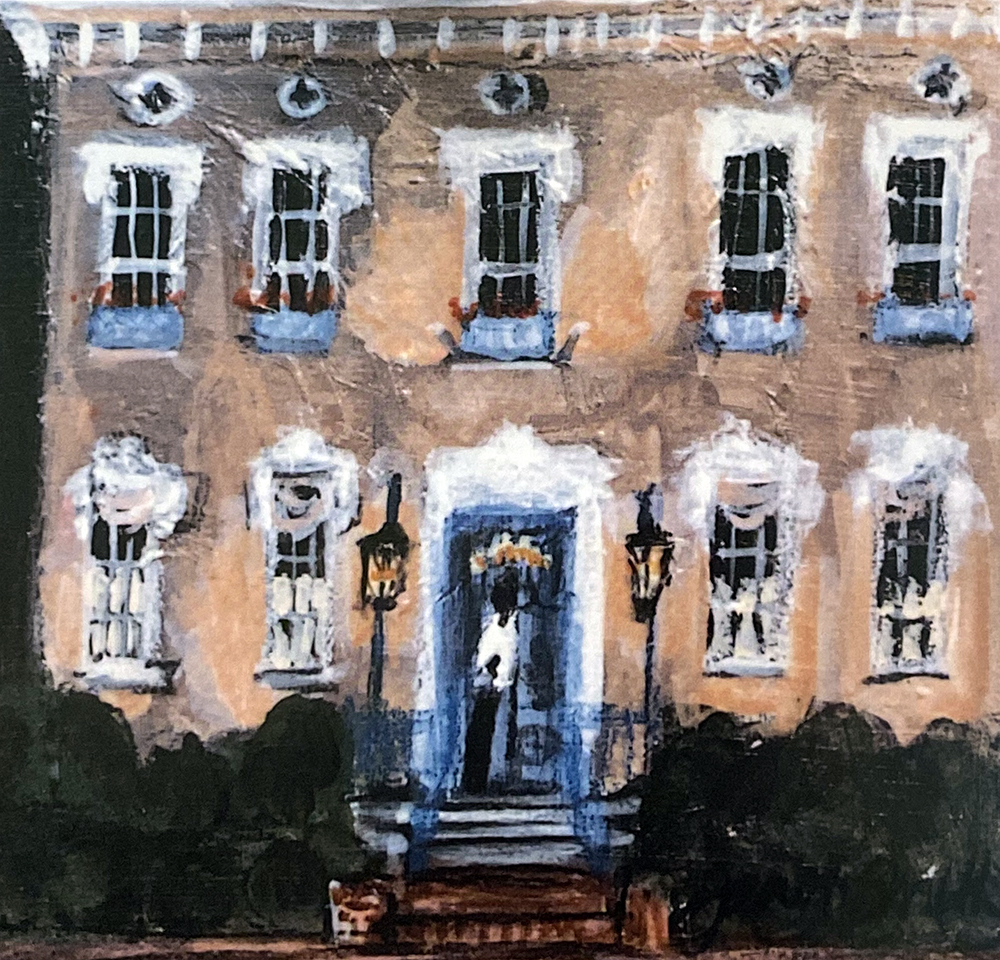
It wasn’t one of the servers. “It was a tall, dark figure. I could kind of see through her. And her feet were not touching the ground.”
The figure looked like “mist,” Smith says. She’d heard the story of the ghost, whom they called “Miss Mary,” all her life from servers and others who worked at the restaurant, but that was the first and only time she saw it.
Servers played poker in the wine cellar until someone saw the ghost. They still had to go downstairs on occasion, but they took someone with them.
The ghost wasn’t scary, she says. She thought it was cool. It was “just another dimension.”
About a year later, Smith saw a guest, who was attending a party upstairs, sitting in a chair with a puzzled expression on her face. Smith asked, “Are you okay? Is something wrong?”
The woman answered, “Is there a ghost story to this house?”
When Smith said yes, the woman pointed to the ladies’ room, where she said she saw a ghost going back and forth. Smith, who thought Miss Mary stayed downstairs, had heard the ghost was a woman “from the Civil War days who lost her child in childbirth and was looking for her.”
But Smith later heard some chilling news after the incident with the woman at the party. “I found out years later from my dad or someone that the upstairs ladies room was the original nursery in the house.”
Smith, who devoted two pages to the ghost in her book, Justine’s: Memories & Recipes, said goodbye to Miss Mary when she left the house for the last time after the restaurant closed in 1995. “I hate leaving the ghost. I wish I could have brought her to my house with me and all the Justine’s memorabilia.”
The old house, which has been renovated, still stands. “I’ll bet she’s still there.”
— Michael Donahue
The Mynders Hall Ghost
Mynders Hall, originally a women’s dormitory on the University of Memphis campus, eventually becoming co-ed in 2014, is closed for renovations, but one resident has never left. Indeed, the fact that she died 111 years ago never stopped her from moving in — after all, it’s her building.
When the West Tennessee State Normal School opened on September 10, 1912, Seymour A. Mynders, the college’s first president, was still grieving the death of his 21-year-old daughter, Elizabeth. She’d only been married four months before perishing, and papers of record neither recorded her spouse’s name nor her cause of death, only that this building, among the first three on campus, was christened in her honor. And its very shape, resembling a giant E, seems to embody her.
So too did the large portrait of her that hung in the lobby for decades, and students who felt her ghost’s presence would greet the framed picture every day to stay in Elizabeth’s good graces. Meanwhile, her spirit seemed mostly concerned that occupants of her building remained studious. As reported in The Daily Helmsman, former associate dean of residence life Daniel Armitage recalled one resident who “had a test the next day and couldn’t sleep. She noticed an outline of a person in her chair, so she turned on the light and no one was there. She looked at her desk, and there was the book she was supposed to study, opened to the chapter she was being tested on. She claimed she put the book up before bed.”
Intrigued by such terrifying tales, I ventured to Mynders Hall myself, hoping to lure Elizabeth out. All I had to go on was a ritual recommended by a spirit-savvy friend: carrying a satchel full of textbooks (weighing at least 23 pounds), one must approach the hall at dusk and, walking in circles, recite the following chant: “My notes are in my three-ring binder/My cup’s fresh from the coffee grinder/May my teacher be much kinder/Find her, find her, Lizzie Mynders!”
What happened next still has me trembling. As the sun sank, a hand beckoned me from a window above, and just inside the back entrance I spied a little table and chair. “Join me in my study party,” said a laughing, girlish voice. “Tee-hee!” Just then the door blew open, and Elizabeth’s echoing words commanded, “And now we cram for the exam. This is one all-nighter that will last … an eternity!”
— Alex Greene
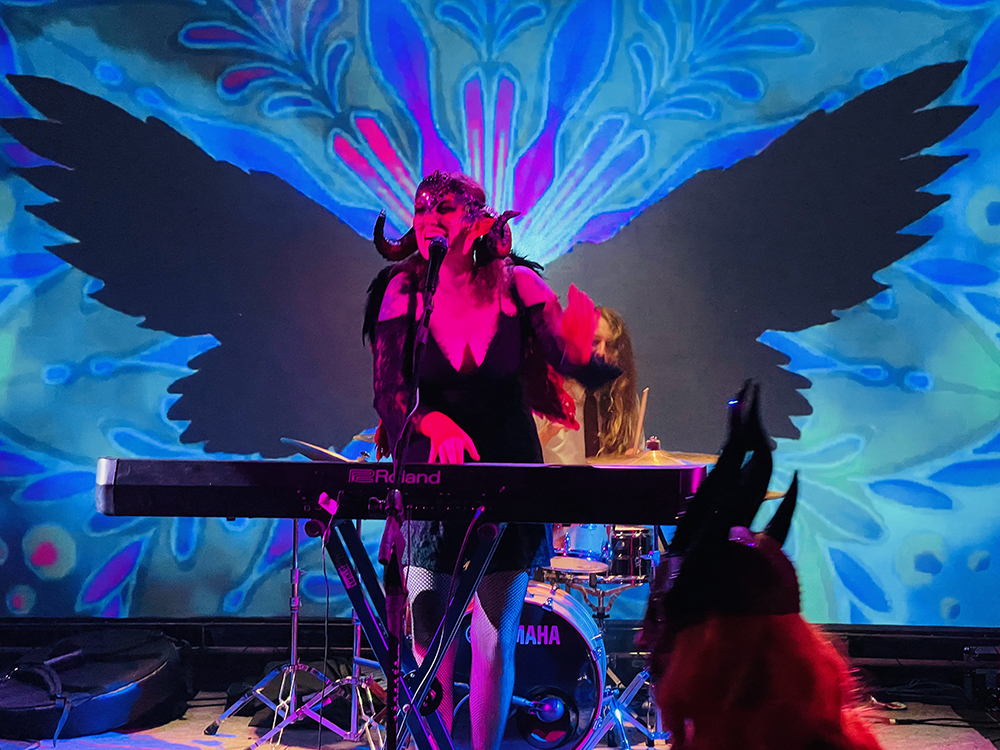
Black Lodge Halloween Masquerade Ball
Memphis’ biggest and weirdest Halloween party began humbly enough. Black Lodge Video opened the last week of October 2000, says owner Matt Martin. “But nobody came in for the first couple of days because nobody knew we existed.”
The first customer for the video store on Cooper was musician Eldorado Del Rey, who wandered in on Halloween. “He was like, ‘What the fuck is this?’” says Martin.
That Halloween, a couple more people found Black Lodge and rented movies, so Martin and co-founder Bryan Hogue decided to celebrate. “We had a party that night to celebrate that somebody finally figured out who we were,” he recalls. “One year later, when Halloween came around, and we had actually survived the year — quite the opposite of what we had thought, which was that no one would ever come — we’d gotten really popular. We threw another party to celebrate our one year, but this time a whole bunch of people showed up. That started the ball rolling, no pun intended.”
During the ’00s, the Black Lodge Halloween Masquerade Ball was invitation-only. The festivities got bigger and crazier. Many of the Black Lodge regulars were horror, sci-fi, and psychotronic movie fans who also happened to be really into costuming. “Everybody brings out their A game on the cosplay,” says Martin.
Hogue, who died in November 2020, had the idea to bring bands and DJs in to perform in the video store. “I think it was in 2011 when Hogue and Craig Brewer said we should open it up,” says Martin, who was apprehensive at first. “It’s one thing when we’re having our own party; it’s another thing when we invite the public.”
The party didn’t stop when Black Lodge vacated their original location and went looking for a new, bigger space. In 2014, Craig and Jodi Brewer merged their long-running Halloween house party with the Masquerade Ball, which was held at Earnestine & Hazel’s. The theme was Heaven and Hell. “That’s what took it to the stratosphere,” says Martin. “People heard about it and it just blew up. I remember we stepped out the front door and the line to get in stretched a good block or two down Main Street.”
When Black Lodge moved into a new location in Crosstown, the Ball was the first thing on the calendar. In 2020, what would have been a gala anniversary celebration was moved online. “I remember at the time we said, ‘I don’t want to not do the Ball, but we can’t have people here,’” recalls Martin. “So we streamed it online, and you could party in your own house. It was one of the moments that really hammered it in for me, how this was like nothing I’d ever experienced. I was proud that we kept the tradition alive, and you better believe in 2021 we brought it back!”
This year’s Black Lodge Halloween Masquerade Ball will be on Saturday, October 28th. There will be fire dancers, hoopers, sideshow performers, and “surprises.” Music entertainment includes Little Baby Tendencies, Joybomb, Optic Sink, Turnstyles, The Sheiks, and Jack Oblivian. After midnight, DJs Selector Jack and Graveyard Gloria take over the dance floor. As Martin says, “Let the ceremony begin!”
— Chris McCoy
